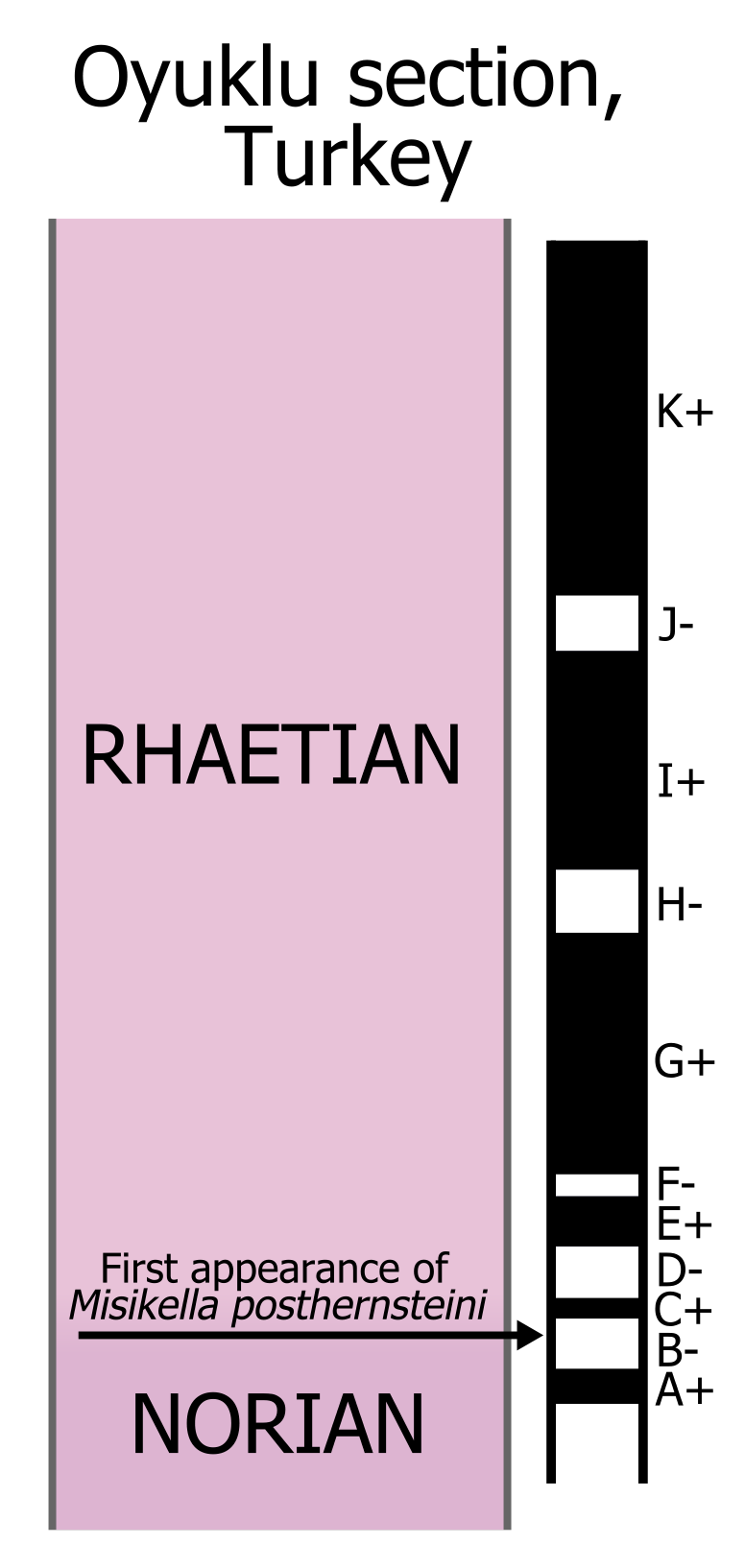|
Gervillia Hagenowi
''Gervillia'' is an extinct genus of prehistoric bivalves belonging to the family Bakevelliidae. Fossil records This genus is known in the fossil record from the Carboniferous period to the Eocene period (from about 313.8 to 37.2 million years ago). Fossils of species within this genus have been found in marine sediments all over the world. Species Species within this genus include: * † ''Gervillia alaeformis'' Sowerby 1819 * † ''Gervillia alatior'' Imlay 1940 * † ''Gervillia angulata'' Münster 1841 * † ''Gervillia angusta'' Munster 1838 * † ''Gervillia cholla'' Stoyanow 1949 * † ''Gervillia dissita'' White 1887 * † ''Gervillia galcazzi'' Stoppani 1863 * † ''Gervillia heinemani'' Stoyanow 1949 * † ''Gervillia inflata'' Schafhautl * † ''Gervillia iraonensis'' Newton 1895 * † ''Gervillia lanpingensis'' Chen 1976 * † ''Gervillia longa'' Geinitz 1867 * † ''Gervillia metaforbesian''a Amano and Matsumoto 1956 * † ''Gervillia quadrata'' Chen 1976 * † ''Ger ... [...More Info...] [...Related Items...] OR: [Wikipedia] [Google] [Baidu] |
Carboniferous
The Carboniferous ( ) is a geologic period and system of the Paleozoic that spans 60 million years from the end of the Devonian Period million years ago ( Mya), to the beginning of the Permian Period, million years ago. The name ''Carboniferous'' means "coal-bearing", from the Latin '' carbō'' ("coal") and '' ferō'' ("bear, carry"), and refers to the many coal beds formed globally during that time. The first of the modern 'system' names, it was coined by geologists William Conybeare and William Phillips in 1822, based on a study of the British rock succession. The Carboniferous is often treated in North America as two geological periods, the earlier Mississippian and the later Pennsylvanian. Terrestrial animal life was well established by the Carboniferous Period. Tetrapods (four limbed vertebrates), which had originated from lobe-finned fish during the preceding Devonian, became pentadactylous in and diversified during the Carboniferous, including early amphibian line ... [...More Info...] [...Related Items...] OR: [Wikipedia] [Google] [Baidu] |
Eocene
The Eocene ( ) Epoch is a geological epoch (geology), epoch that lasted from about 56 to 33.9 million years ago (mya). It is the second epoch of the Paleogene Period (geology), Period in the modern Cenozoic Era (geology), Era. The name ''Eocene'' comes from the Ancient Greek (''ēṓs'', "dawn") and (''kainós'', "new") and refers to the "dawn" of modern ('new') fauna that appeared during the epoch. The Eocene spans the time from the end of the Paleocene Epoch to the beginning of the Oligocene Epoch. The start of the Eocene is marked by a brief period in which the concentration of the carbon isotope Carbon-13, 13C in the atmosphere was exceptionally low in comparison with the more common isotope Carbon-12, 12C. The end is set at a major extinction event called the ''Grande Coupure'' (the "Great Break" in continuity) or the Eocene–Oligocene extinction event, which may be related to the impact of one or more large bolides in Popigai impact structure, Siberia and in what is now ... [...More Info...] [...Related Items...] OR: [Wikipedia] [Google] [Baidu] |
Rhaetian
The Rhaetian is the latest age of the Triassic Period (in geochronology) or the uppermost stage of the Triassic System (in chronostratigraphy). It was preceded by the Norian and succeeded by the Hettangian (the lowermost stage or earliest age of the Jurassic). The base of the Rhaetian lacks a formal GSSP, though candidate sections include Steinbergkogel in Austria (since 2007) and Pignola-Abriola in Italy (since 2016). The end of the Rhaetian (and the base of the overlying Hettangian Stage) is more well-defined. According to the current ICS (International Commission on Stratigraphy) system, the Rhaetian ended ± 0.2 Ma (million years ago). In 2010, the base of the Rhaetian (i.e. the Norian-Rhaetian boundary) was voted to be defined based on the first appearance of '' Misikella posthernsteini'', a marine conodont. However, there is still much debate over the age of this boundary, as well as the evolution of ''M. posthernsteini''. The most comprehensive source of precise age ... [...More Info...] [...Related Items...] OR: [Wikipedia] [Google] [Baidu] |
Jacques Louis Marin DeFrance
Jacques Louis Marin DeFrance (22 October 1758 – 12 November 1850) was a French malacologist. Works *Tableau Des Corps Organisés Fossiles: Précédé De Remarques Sur Leur Pétrification, Paris 1824gallica References * 1758 births 1850 deaths French malacologists {{France-scientist-stub ... [...More Info...] [...Related Items...] OR: [Wikipedia] [Google] [Baidu] |
Bivalves
Bivalvia (), in previous centuries referred to as the Lamellibranchiata and Pelecypoda, is a class of marine and freshwater molluscs that have laterally compressed bodies enclosed by a shell consisting of two hinged parts. As a group, bivalves have no head and they lack some usual molluscan organs, like the radula and the odontophore. They include the clams, oysters, cockles, mussels, scallops, and numerous other families that live in saltwater, as well as a number of families that live in freshwater. The majority are filter feeders. The gills have evolved into ctenidia, specialised organs for feeding and breathing. Most bivalves bury themselves in sediment, where they are relatively safe from predation. Others lie on the sea floor or attach themselves to rocks or other hard surfaces. Some bivalves, such as the scallops and file shells, can swim. The shipworms bore into wood, clay, or stone and live inside these substances. The shell of a bivalve is composed of calc ... [...More Info...] [...Related Items...] OR: [Wikipedia] [Google] [Baidu] |
Bakevelliidae
Bakevelliidae is an extinct family of prehistoric bivalves that lived from the Late Mississippian until the Middle Eocene.The Paleobiology Database Bakevelliidae entry Retrieved 2 January 2012. Bakevelliidae species are found worldwide, excluding Antarctica. Living a stationary life attached to substrate in marine and brackish environments, they formed shells of an aragonite composition with a low amount of magnesium calcite. The family was named by King in 1850. At least one genus in the family, '' Hoernesia'', has a notably twisted commissure join. Morph ...
|



